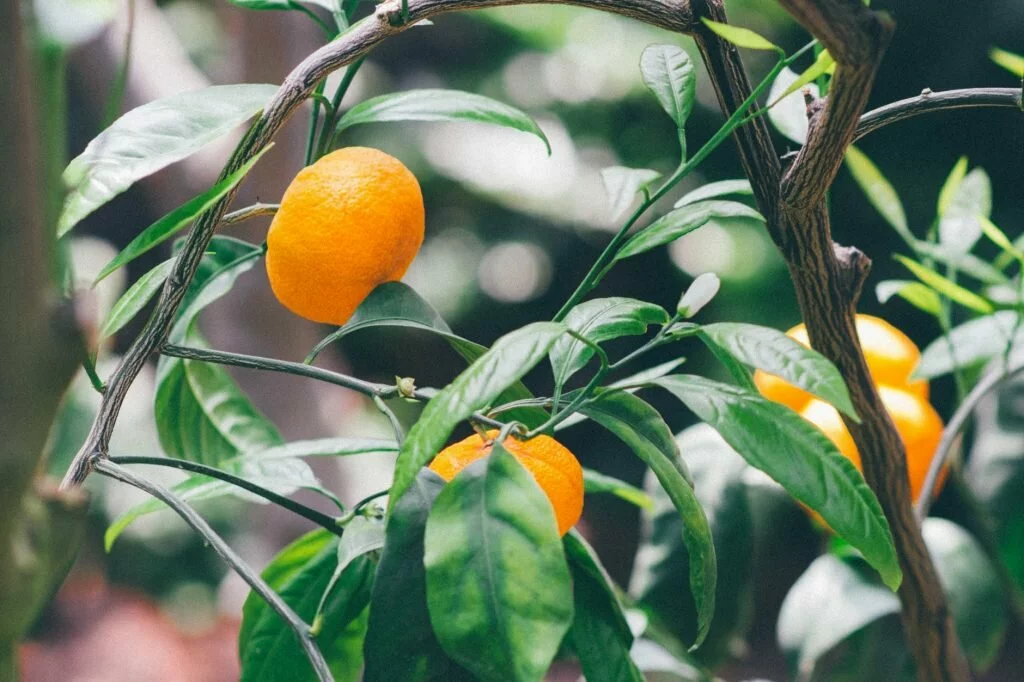
An espaliered plant is one that’s been trained to develop against a fence or wall, or backed by a wire structure. It usually just have two dimensions, width, and height without thickness. From the 17th Century, ‘espalier’ was initially the term for a type garden wire products where plants are trained along a wireframe or structure. Today, espalier describes both the two-dimensional shrub or tree or even the horticultural technique of training the plant.
This was a frequent practice in Europe for centuries in which folks used it to develop fruit in tiny spaces. George Washington used them in Mt Vernon for fruit production. Espaliered plants are employed in the present landscape for both beauty and function. In a place where space is restricted or in which a plant is required to decorate a large blank wall, the espalier is the most helpful.
Espaliers can also be utilized to supply an accent plant and also to provide a tracing effect from a wall at winter season. They’re fantastic for spaces with plenty of vertical space or outdoors. Additionally, they can soften the look of a brick wall or big fences.
As in the instance of crying trees, espaliers are still an oddity. They’re utilized to demonstrate the uniqueness in shape in the landscape. Thus, they shouldn’t be overused or else they will lose this attribute and overcome their goal. One or two at a backyard area are often sufficient to perform the job. Obviously, if your objective is just to grow fruit, then the more the merrier.
How and When to Prune Your Espaliered Fruit Tree
You might have to prune a couple of times a week to maintain the vitality of the tree. The initial tree pruning should be following the spring when it blossoms. The blossoms will indicate in which the fruit is going to be, and you’ll be able to prune accordingly.
Failing to prune your fruit trees will not prevent generation of fruit. However, we advise that you prune a year to enhance the quality of fruit and also to establish a solid framework of branches to encourage heavy fruit loads.
Pruning fruit trees may lead to bigger fruit that is a lot easier to harvest. The tree will be a lot tidier and takes up less space in your backyard.
While it normally takes about four decades to find the complete artistic impact of your efforts, you might actually see fruit whenever the next year… however, if you would like the most out of the espaliered tree, then eliminate that growing fruit for a couple of years.
Keep your eye on it, nip offshoots coming off in the perpendicular direction, and eliminate suckers and water sprouts. Shorten the branches to promote the growth of new fruiting points. Since there’ll be fruiting spurs generated over the branches compared to the vertical backward. It might be a good idea to ask the advice of your local tree arborist if it is your first time.
Watering and fertilizing espaliered trees
The tree requires the equivalent of approximately a gallon of water every 7-10 days before it is established. If you realize that rain is maintaining your tree watered, you do not have to supply any extra water. Only step in if Mother Nature leaves you dry. Find more information on watering fruit trees.
The same as using a fruit tree growing obviously, you can employ a specially-formulated fertilizer for fruit trees as necessary during the growing season. Follow the instructions on the package in order to not burn the tree roots. Discover tips on fertilizing sensibly here.
The benefit of your patience, dedication, and attention to detail will supply you not only using a nice fruit harvest but with a fairly spectacular living sculpture which will set your own fruit garden much apart from the ordinary!
—
An espalier is increased mostly to make a”tracing” impact on its own background. You’ve got a specific form or shape you would like to produce and maintain. Unfortunately, Mother Nature will probably be fighting with you every step along the way.
The moment you pruned your plant into the form you would like, it will grow out new stalks and leaves in areas that can defeat your original plan. To conquer this and preserve your design goal, you’ll have to keep together with this pruning of your espalier. The more time you let it go crazy, the less suitable it will seem to you.
This does not mean that you need to be out there daily snipping away but you’ll want to look at it every couple weeks with pruning shears in hand. Your espalier will look better if you make lesser the cuts on them. Letting it go for quite a while is going to end in a great deal of overgrowth. It’s true that you can eliminate it but it won’t have the form and finesse that small but regular pruning will attract.
You’ll have to ensure maintenance of the wire on the branches for many growing seasons. They have to be loosened and changed occasionally to prevent girdling. It is also important to choose your wireframe from a reputable supplier. This steel fabrication plant in Dandenong produces high-quality espalier wire structures for your next plant project.



